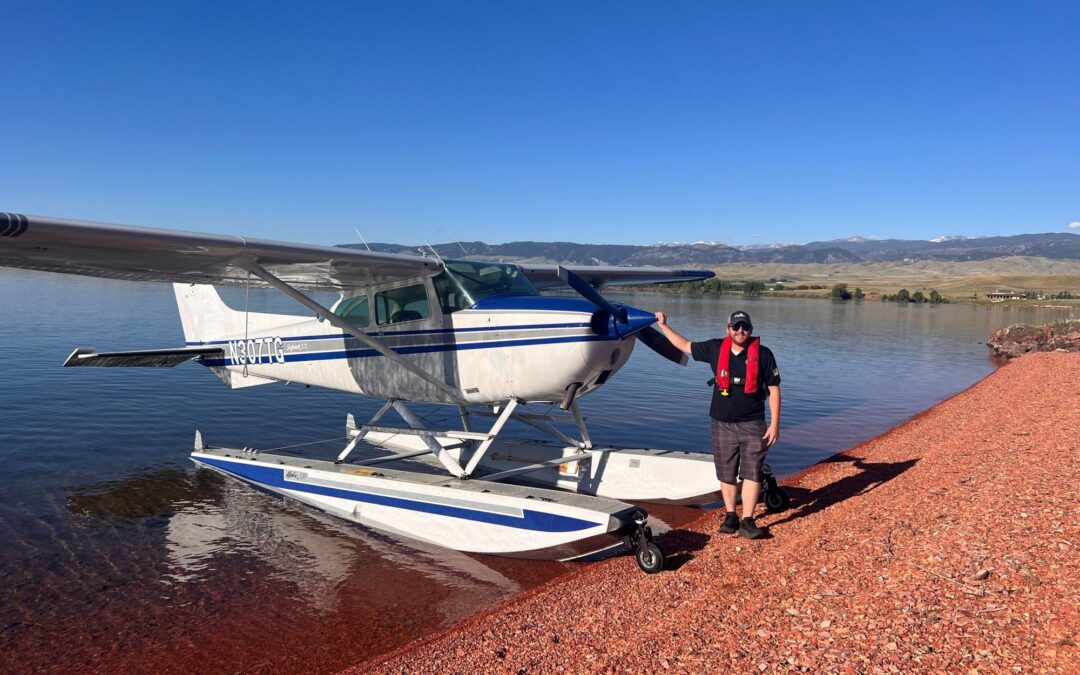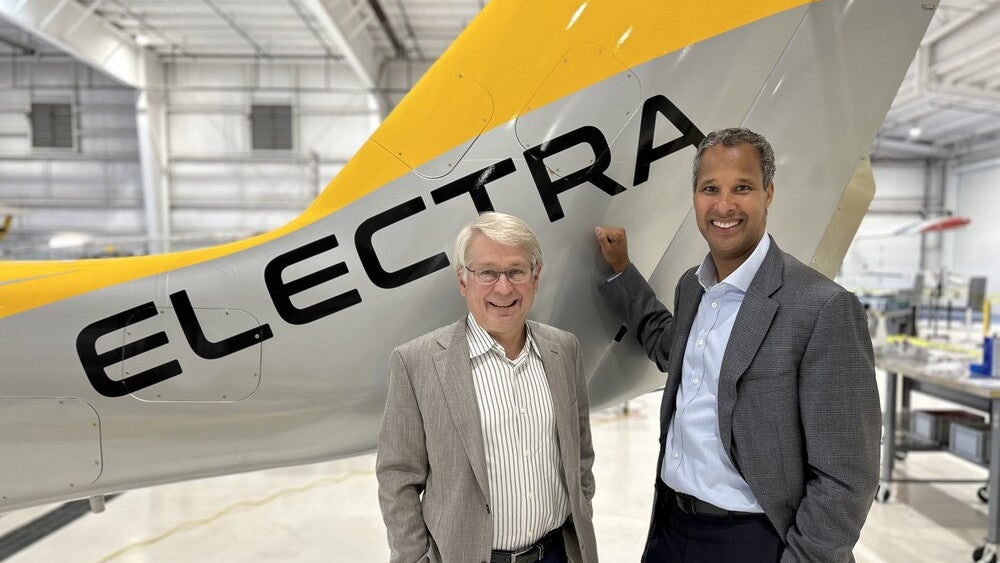Fifteen hundred feet past the end of the runway, a pilot was trapped in the cockpit of an Extra NG. They were inverted in a Florida marsh, and the brackish water was rising.
Airport emergency trucks couldn’t drive into the swampy wetland. Local authority river boats had too deep a draft to operate there at low tide. They knew the plane was somewhere close, but couldn’t even see it, let alone reach it. The tower frequency had been near silent, with only the occasional pilot checking in, curtly told, “Airport is closed, emergency in progress.”
Then, a quiet transmission: “Can anybody hear me?”
Long pause.
“Hello, can anyone hear me?”
Long pause.
Tower: “N100NG, the tower hears you. We’re sending help. You doing OK?”
“Um, it’s not great. I’m trapped under here, and it’s pretty cold.”
Tower: “OK, 100NG, just hold on there. We’re getting help out to you right now.”
Voice breaking, “OK, thank you.”
The controller, clearly affected, yells to all airport responders the pilot is alive and trapped and needs help now. Minutes keep silently passing by.
Tower: “N100NG Tower, do you still hear me?”
“Yes, I still read you.”
Tower: “What’s your name?”
“Marianne.”
Tower: “All right, Marianne, my name’s A.J. I’m the tower guy. All right, we’re getting help out to you. Just hang in there. At least it’s not a freezing day here in Florida. It’s kinda warm. So, still about 60-65 degrees, so we’re getting some help out to ya. So just hang in there.”
“I will.”
“I had too much speed. I should have come in slower.”
Tower: “I know. We saw you were a little hot here. You had a crosswind, so the wind wasn’t helping you out, but that’s all right. We know you did the best you could, and we’ve got all the emergency folks out there. And they’re going to get the airboat out there and get out to you in a couple of minutes.”
Long silence on frequency.
“Did the boat leave yet?”
Tower: “Yes, the boat has left. They’re trying to get it through. It’s a little tricky where you’re at there. It’s kinda marshy, so it’s going to be a few minutes, but they’re on the way to get you. Just hang in there.”
“My head just really hurts. I think I’ve got a shard from the canopy in it…”
A.J. tells Marianne to stay calm, to stay with him. Help is on the way. They’re going to get you out.
“Marianne, this is A.J. Can you hear me?”
Long pause.
“Marianne, this is A.J. Can you hear me?”
“Marianne, this is A.J. The boats are on the way.”
“Marianne, this is A.J. Can you hear me in the tower?”
The tide was coming in fast. A drone was used to locate the airplane and steer two airboats to the crash site. Forty-five minutes after the accident, the pilot was found alive, still pinned upside down in the flooded cockpit. Rescue crews extracted her from the plane. However, she died shortly afterward.
After the accident, the National Transportation Safety Board (NTSB) determined environmental challenges increased the emergency response time and contributed to the pilot drowning. Its flight analysis also contains information we can all use to avoid a similar outcome.
It was early March 2022 and a beautiful Florida winter afternoon, 70 degrees with no clouds and unlimited visibility. The accident pilot, along with her fiancé, also in an Extra 300, departed the Keystone Heights Airport (42J) as a flight of two. Extras are high-performance two-seat aerobatic monoplanes capable of Unlimited category competition.
The private pilot had several hundred hours of flying experience but only about 25 hours in the nearly new 2021 Extra NG. She had flown in a few aerobatic competitions and was training to join the U.S. Aerobatic Team. From Keystone Heights, it was an easy 38 nm east to their home field, Northeast Florida Regional Airport (KSGJ) in St. Augustine. They took off at 4:45 p.m.
Around halfway, cruising at 3,000 feet at 180 knots, onboard avionics data indicates increasing temperature in one of the cylinder heads lasting about five minutes. This was followed by a total loss of oil pressure. Engine power immediately fell by 50 percent.
The fiancé was flying alongside. After several moments of watching smoke come from the exhaust, he asked over the radio if the Extra’s smoke generator was on. The pilot said it wasn’t, adding that the engine was producing only 1,380 rpm, well below the expected 2,200 rpm cruise power setting. “My engine is doing something weird. What do I do?”
They were at 2,800 feet, 7 miles west of KSGJ. The fiancé told air traffic control that his formation partner had a partial loss of engine power, was trailing smoke, declared an emergency for the accident airplane, and told ATC that the Extra was “making a beeline for the airport right now.” ATC rolled the emergency vehicles and cleared her to land straight in on Runway 13, wind 080 at 6 knots, with the wingman flying escort.
“Climb, climb as best you can. I know you’re getting close.”
The fiancé was giving advice on the tower frequency. Data shows a constant high-speed descent straight toward the runway. The accident pilot radioed, “OK, I’m going to plan on landing long.”
The plane was high and very fast, crossing the airport boundary at 200 feet and 165 knots groundspeed. The recommended airspeed for a precautionary landing in an Extra NG with engine power is 90 knots. Carrying too much energy, she overflew the 8,000-foot runway, rapidly oscillating in pitch, trying to stick a landing, but couldn’t, bounced, flipped to the left, and came to rest inverted a quarter mile past the far end of the runway.
Smoke coming from an engine that has suddenly lost half its power has to be scary. Do you immediately secure the engine and dead stick into whatever terrain is beneath you? Do you baby the engine and head to the nearest airport? If you see a good field along the way, do you land there? There is no one right answer for every possibility.
Most of us practice engine-out landings but often just from the downwind leg of the traffic pattern. In the real world, not all failures are so regular. In this case, 7 miles out, the engine still producing some power, the pilot was right to fly straight to the airport but maybe then became so focused on the runway that she never reassessed the situation.
The pressure of a no-go-around approach is immense. The runway is right there. Climbing up and around to fly an engine-failure pattern does not feel inviting. Yet it would have been the right thing to do. The NTSB determined the probable cause of the accident to be the pilot’s “excessive airspeed during landing.”
There’s a pilot saying that “airspeed is life.” And yes, airspeed is fundamentally important. But too much of a good thing is still too much.
Image: Adobe Stock
The post Too Much of a Good Thing appeared first on Plane & Pilot Magazine.




